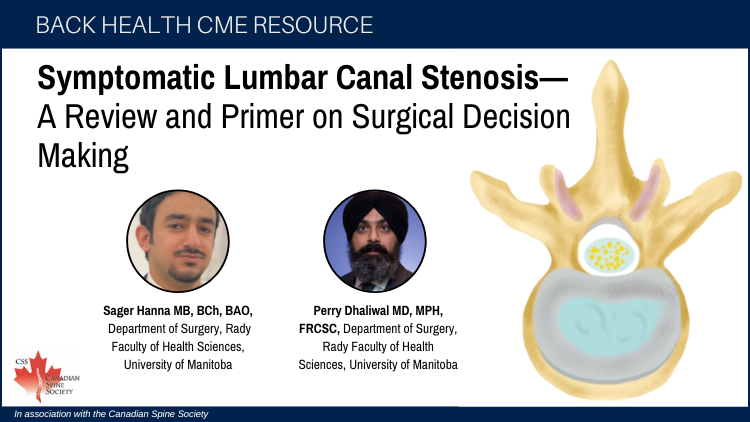John D. Markman, M.D., Director, Translational Pain Research, Department of Neurosurgery, University of Rochester School of Medicine & Dentistry, Rochester, NY, USA.
Maria E. Frazer, B.S., Health Project Coordinator, Translational Pain Research, Department of Neurosurgery, University of Rochester School of Medicine & Dentistry, Rochester, NY, USA.
Pierre S. Girgis, M.D., Assistant Professor, Department of Neurosurgery, University of Rochester School of Medicine & Dentistry, Rochester, NY, USA.
Kevin R. McCormick, M.D., Ph.D, Associate Professor, Department of Medicine, University of Rochester School of Medicine & Dentistry, Rochester, NY, USA.
Lumbar spinal stenosis (LSS) is the leading cause of spinal surgery among older Americans, yet more than one-third do not gain significant relief from surgical treatment. The distinct pattern of lower back and leg pain induced by standing and walking associated with LSS is known as neurogenic intermittent claudication (NIC). Various treatment options for NIC include surgical interventions as well as pharmacological, biomechanical and conservative therapy (i.e., physical therapy). No specific treatment is associated with guaranteed outcome, which underscores the need to further evaluate the diagnosis and symptoms associated with LSS.
Key words: lumbar spinal stenosis, neuropathic pain, treatment, treadmill testing, epidural steroid injection.

